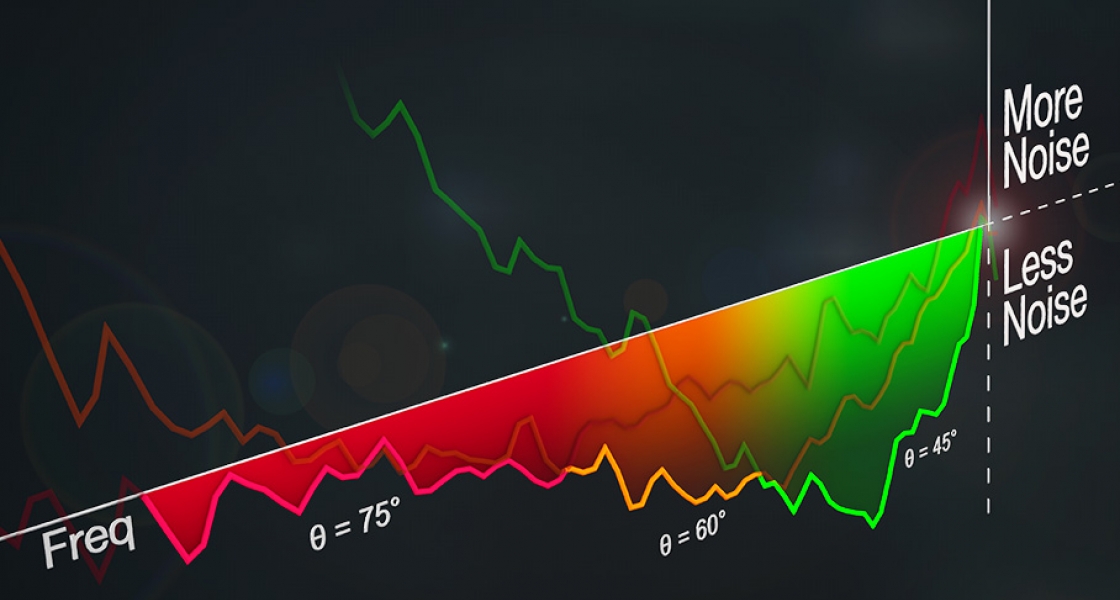The Regal group recently met the challenge of measurements in an extreme situation with a device called an interferometer. The researchers succeeded by using creative alterations to the device itself and quantum correlations. Quantum correlations are unique, and often counterintuitive, quantum mechanical interactions that occur among quantum objects such as photons and atoms. The group exploited these interactions in the way they set up their interferometer, and improved its ability to measure tiny motions using photons (particles of light).
The group started with an ordinary interferometer, a device that has long been used for making precision measurements. However, this particular interferometer included a tiny vibrating membrane. In typical interferometers, sending more photons into the device improves the measurement precision. But, the Regal group accesses a strange regime in which sending more photons into the interferometer actually reduced the precision of the measurements.
But instead of giving up on improving their measurements, the researchers were able to make a record-setting measurement of a vibrating mechanical membrane in the interferometer. The researchers set up the interferometer in a new way that allowed its quantum behaviors to work towards bettering the overall measurement precision. In the end, they made measurements better than what the standard quantum limit, or SQL, would dictate for their experiment. The SQL is like a “brick wall” of noise limiting how precisely even the most careful quantum measurements can be made. But, as the Regal group has just shown, the SQL only applies to measurements in an ordinary interferometer.
The group’s creative device that bested its predicted SQL has been dubbed the chameleon interferometer. The chameleon interferometer is the group’s solution to how to reduce measurement noise due to both shot noise produced in the detector and quantum backaction. What produces backaction is the light the researchers use to measure the vibrating membrane. Photons in the light bounce off the membrane, causing it to shake. This shaking is the backaction; hence more photons make things worse.
When the group used its interferometer to measure the vibrating membrane, the detector collected the photons from the interferometer. However, there was some quantum noise associated with that process––called shot noise. So two things were happening that affected the measurement: the shot noise associated with the detector and the backaction that occurred when the photons hit the membrane.
In the midst of all this quantum noise––the shot noise and the quantum backaction––the group wanted to precisely measure the position of the membrane. So, the researchers decided to take advantage of quantum correlations to reduce the noise in the measurement of the membrane motion. The researchers tuned the interferometer to produce less quantum noise in the measurement they were interested in, but more noise and uncertainty somewhere else.
The group made multiple changes to the interferometer before it found the best configuration for making the measurement. With this configuration, they were able to measure the position of the membrane better in their chameleon interferometer!
“The interferometer we now have is tunable with a simple knob,” Regal said. “We introduced quantum correlations to detect the membrane better. And, to tune up the measurement for a certain vibration, we just turn our knob to take best advantage of the correlations.”
In other words, the group turned its perfectly normal interferometer into a chameleon interferometer whose configuration can be changed to best suit the measurement at hand. And, in so doing, it succeeded in a stunning demonstration. The researchers responsible for this new insight into working with quantum correlations in measurement science include former research associate Nir Kampel, graduate student Robert Peterson, research associate Ran Fischer, JILA Ph.D. Pen-Li Yu, Fellows Konrad Lehnert and Cindy Regal, and NIST colleagues Katarina Cicak and Ray Simmonds.––Julie Phillips




